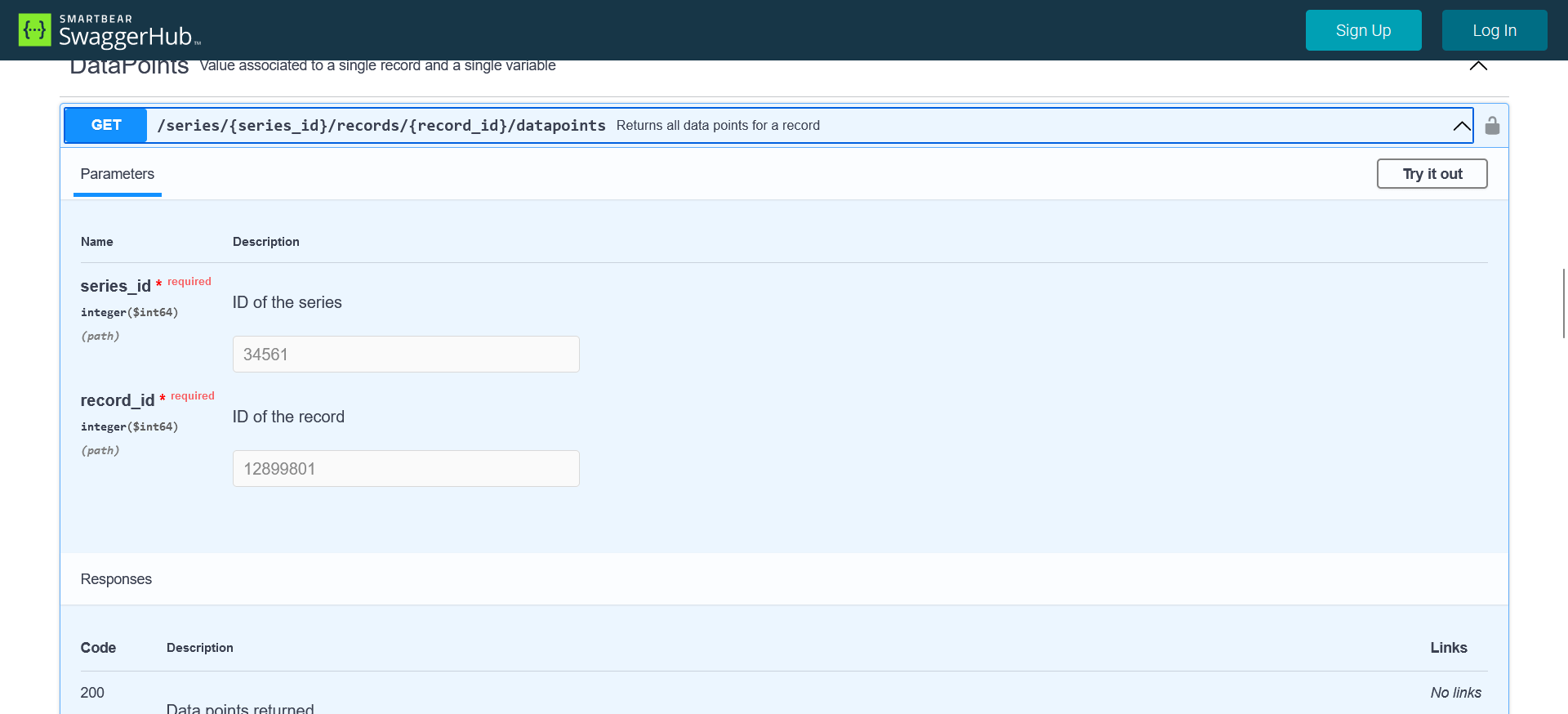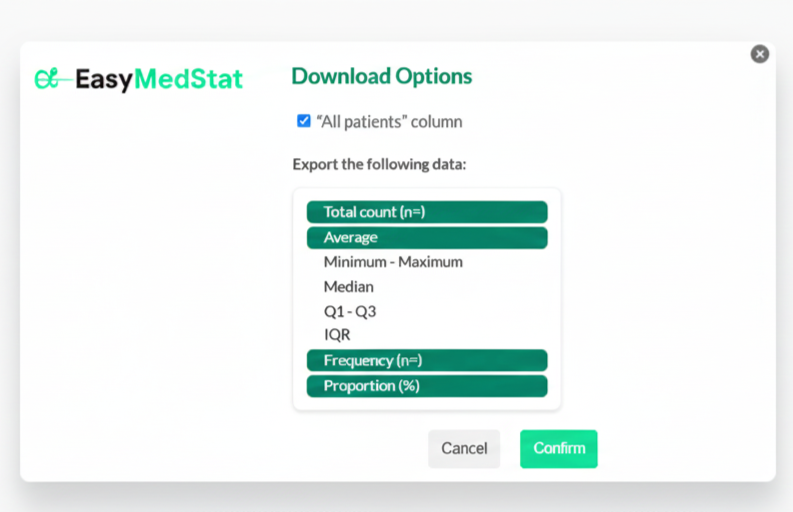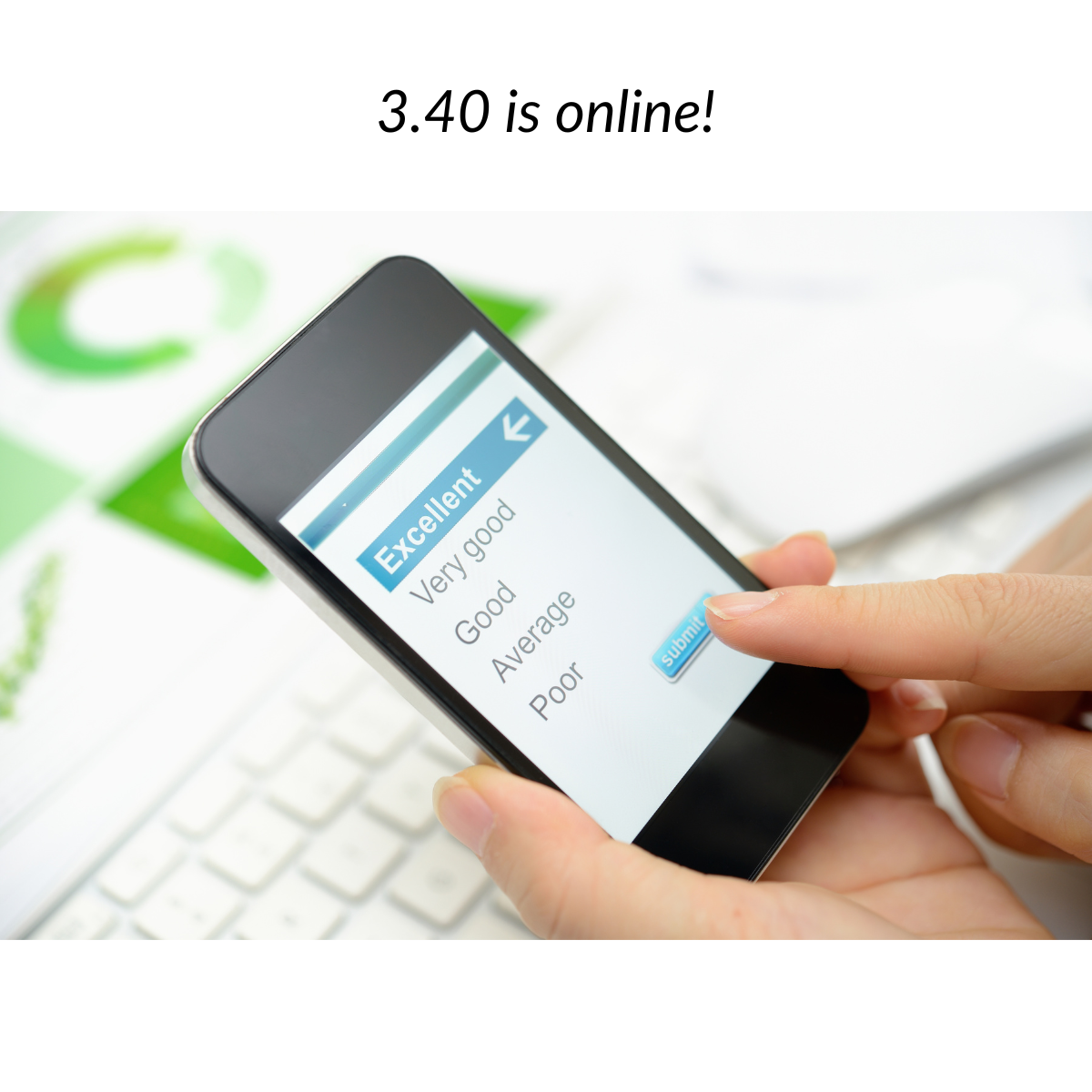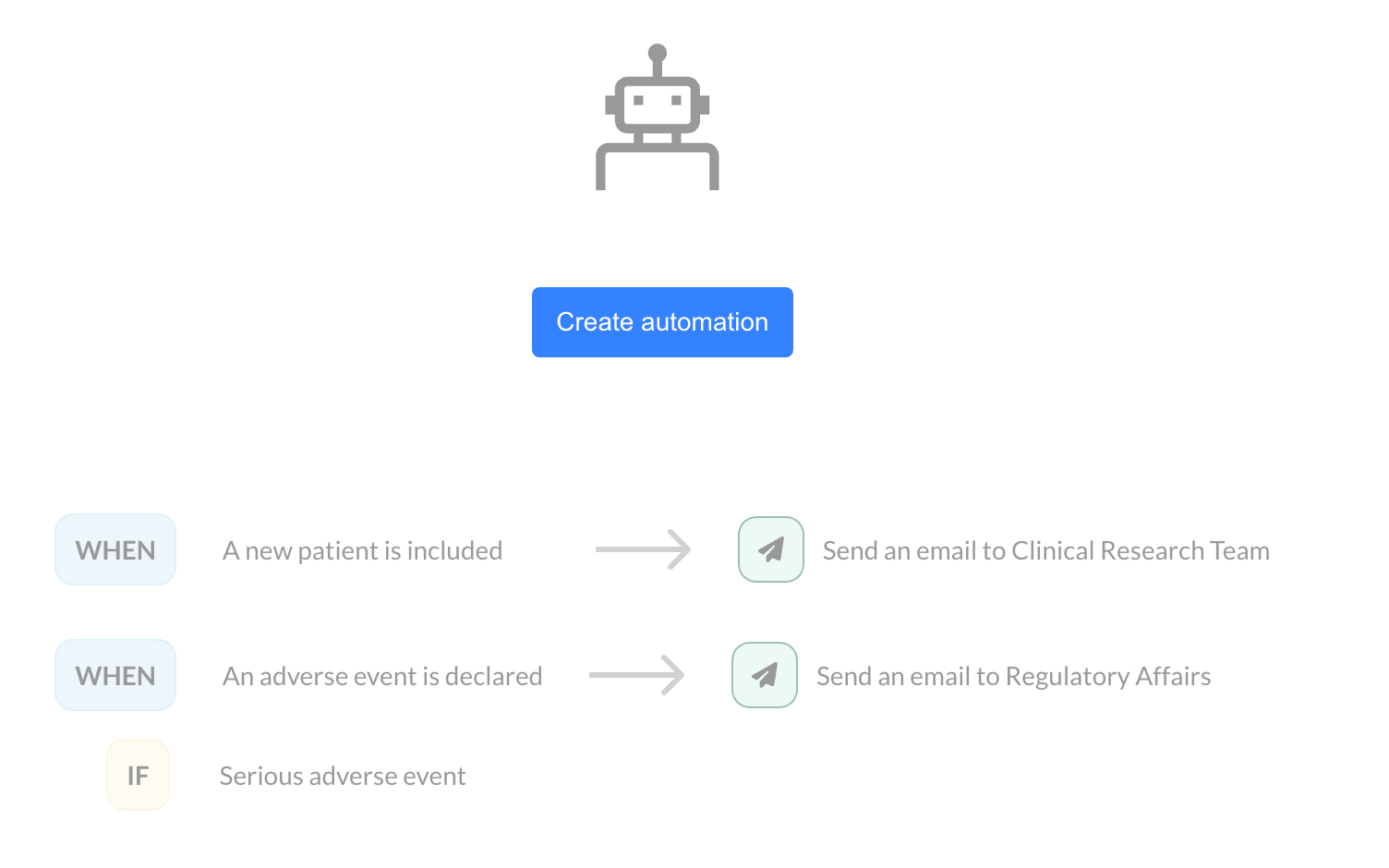Blog
New on EMS: The API, a programming interface to connect your applications and devices [Product Update 3.19]
A new step has been taken to support ever more secure and qualitative data collection.
While we already offer the ability to collect data via e-CRF and e-PRO, the API now allows data to be collected via connected devices or software, making EasyMedStat a multi-source data platform.
Goal
The API allows data entry and enrichment of a clinical study through a programming interface. The API therefore represents both a time saving and a reduction in the risk of transcription errors.
You can mobilize this tool to collect data automatically via connected devices, via systems with existing databases (instead of manually importing these data). For example, the API allows you to connect an existing registry to the EasyMedStat database in order to have all the statistical features of EasyMedStat with your data, or via existing software (medical software).

Use Cases
Let's take a very concrete use case: during the follow-up of a patient in a university hospital or another healthcare facility, the data entered in the business software can be automatically integrated into the e-CRF in real time, with the patient's consent.
The API therefore meets two different use cases. Not only does the tool allow the automation of data collection via third-party software/devices, but it also offers the possibility for data collection software to integrate with EasyMedStat in order to provide their users with additional functionalities (our statistical functionalities).
Available features
Here are the different editing options offered by our API:
Categories
- Retrieve the list of variable categories for a given series
- Create a new category of variables
- Delete a category
DataPoints
- Return all DataPoints for a record
- Update one or more DataPoints for a record
- Return a specific DataPoint for a record
Records
- List the records associated to a series
- Add a new record to a series
- Retrieve a Record with data endpoints
- Update the properties of a Record
- Exclude a patient from the study
Series
- Retrieve series for the connected user
- Create new series
- Retrieve specific series using the patient's ID
- Update existing series
Variables
- Retrieve variables associated to a series
- Create new variables
- Return the properties of a variable
- Delete a variable
The documentation of our API is available on Swagger in OAS3 format: https://app.swaggerhub.com/apis-docs/easymedstat/public/1.0.0

Conclusion
By performing machine-to-machine communication, the API functionality will do two things:
- Avoid double entry
- Avoid transcription errors
The goal is to act as an intermediary with connected devices, business software, existing data registers...
The value of the API is multidimensional depending on your profile.
For medical device manufacturers (for those with connected devices), the API allows them to integrate data directly from a connected device in an automatic way, data that can be analyzed and correlated with clinical data collected directly from the patient, and in compliance with effective regulations.
For software partners, it allows them to offer their customers extended functionality (our statistical features) via EasyMedStat, and therefore increase the value of their product.
LATEST POSTS

Risques compétitifs : méthodes d’Aalen-Johansen et test de Gray désormais intégrées dans EasyMedStat




Let your friends know!




